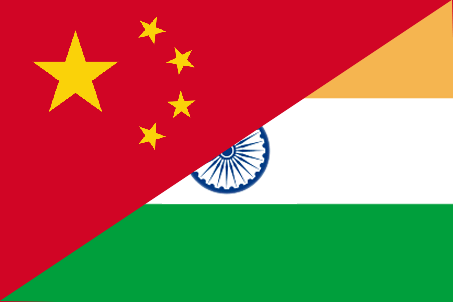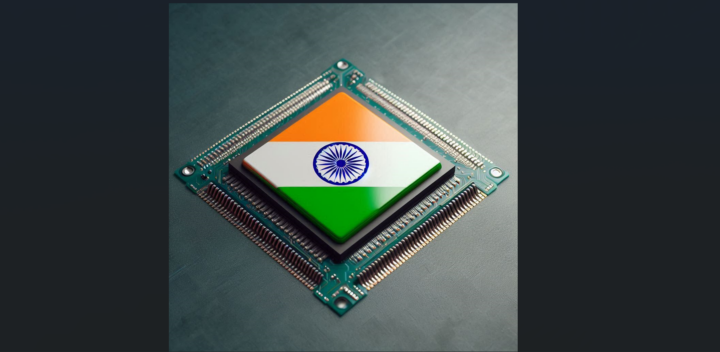As the US-China trade war continues, China has plans to decrease tariffs on over 8,500 goods, which include chemicals, farm products, and metals. Among the five Asian countries included in the plan is India.
“China will reduce or cancel tariffs on imports of 8,549 types of goods from India, South Korea, Bangladesh, Laos & Sri Lanka,” China’s ambassador to India Luo Zhaohui tweeted on Wednesday. “The goods include chemicals, agricultural & medical products, soyabean, clothing, steel & aluminium products. Good news to help reduce trade imbalance.”
Travis Kalanick Re-enters Ecosystem with “10100” Plans in China and India
Experts are calling Beijing’s move strategic, because most of the items in the list are ones for which Beijing is charging high tariffs from the US. According to Ajay Sahai, director general at Federation of Indian Export Organisations (FIEO), the reduction in tariff will mean actual benefits only when Indian exporters are given access to Chinese markets. “Regulatory clearances need to be simplified as well, especially in pharmaceuticals and agricultural goods,” The ET quoted him. Recently, Beijing has blocked rice and meat imports from India.
According to media reports, China will bring down tariffs from the current 3% to zero on soybean imported from India, South Korea, Bangladesh, Laos, and Sri Lanka. In the year 2017-18, India’s exports to China have been of about USD 13.3 billion and imports were of USD 76.2 billion. That leaves a trade gap of USD 62.9 billion, or more than INR 4.3 lakh crore.
According to the Oxford Analytica Daily Brief released for the Horasis India meet, China and India are likely to soften their differences in the coming year, after Chinese President Xi Jinping and Prime Minister Narendra Modi met at the Shanghai Cooperation Organization (SCO) summit, held in Quingdao in the beginning of June. Apart from trade, China and India have issues such as New Delhi’s opposition to Beijing’s Belt and Road Initiative (BRI), territorial differences, and counter-terrorism.
The Oxford Analytica article says that though China will be enjoying the upper hand in the medium-term trade, India will seek more access to Chinese markets for IT services, and pharmaceutical products. At the same time, China is likely to seek diversification of its investments in India. Chinese telecom companies are unhappy with India’s latest import duties on smartphone components, as part of Modi’s Make in India initiative. They predict they might have to hike their prices for the same.
Also, Beijing opposes Japan’s investment in India’s Northeast, since New Delhi is antsy about China operating there. India is also unlikely to sign up for the Regional Comprehensive Economic Partnership, a proposal involving 16 countries. New Delhi believes the proposal will give China leeway to dump products on the Indian market. Still, India and China are likely to unite over petitioning to WTO regarding US unilateral sanctions. The Oxford Analytica article says that China’s foreign ministry referred to future cooperation “in the construction of connectivity”.
While China’s growth rate in the January-March quarter exceeded expectation, for the rest of 2018, it is expected to slow down to 6.5%. The Oxford Analytica article projects that in the 2020s, GDP will come down to 5-6%. India’s growth rate in the January-March quarter also hiked, but high oil prices created problems. While the outlook in the coming year for growth in India looks dim, India’s digitalization could come to its rescue pushing growth up to 7% even, says Oxford Analytica.












